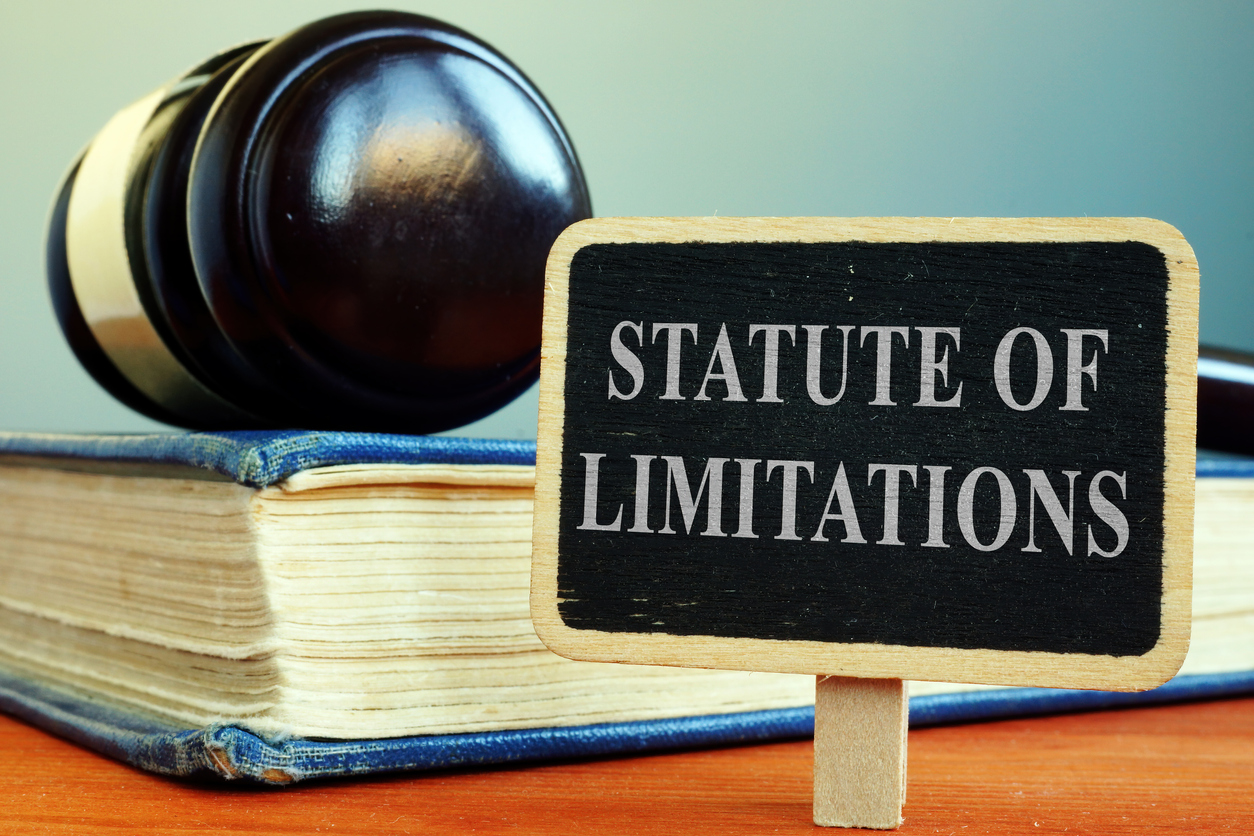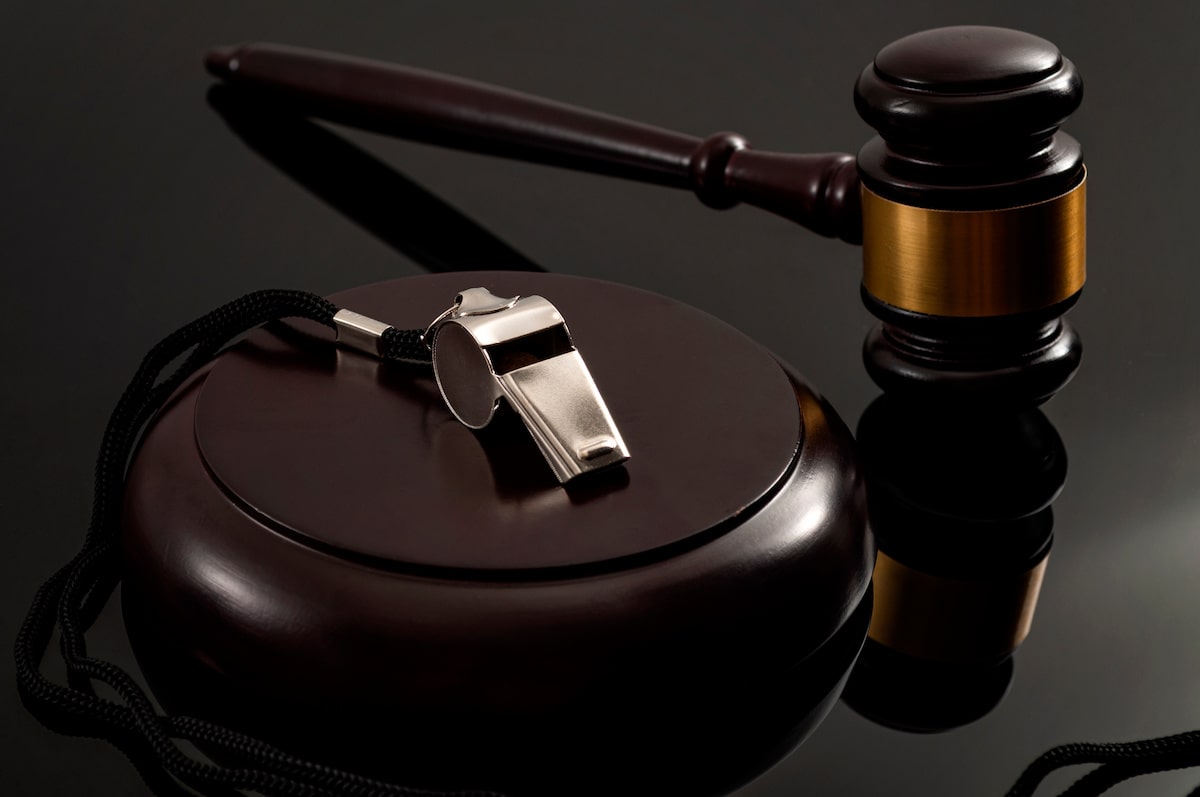(*Note: This Guest Blog is by Ed Acle, an attorney in the Coral Gables office of Merlin Law Group).
Merlin Law Group often assists commercial policyholders with claims for business interruption insurance. Many policyholders, electing to save as much as they can on their premiums, often forego this type of coverage on their policies. Those that obtain business interruption (or “BI”) insurance often neglect to take full advantage of the full protections afforded by this coverage. This could have grave implications, as the accurate application of BI coverage on a claim can often make the difference between a business’s continued operation or the shuttering of its windows forever.
Many carriers limit their payments on a BI claim to (1) the amount of profits lost to a business while it was closed as the result of a covered peril, and (2) operating costs (i.e. salaries and utilities). This limitation in unfairly restrictive, and does not take into account the basic rule behind this and many other types of insurance.
The role of insurance is to place insureds back into their pre-loss condition. Insureds pay their premiums so that after they suffer a covered loss they may then bring their business back to the condition that it would have been in had the loss never occurred. This opens the door to payment for other items that an insured might never have known that it could recover, such as (1) the cost of advertising for reopening a business that has been shuttered; (2) increased costs that have been incurred in order to keep the business afloat during the indemnity period; (3) costs pertaining to the preparation of the claim. These are but a few of the additional costs.
A case which I recently handled also illustrates some of the legal issues that may arise in BI claims. Our firm was retained to assist in the resolution of a BI claim in South Florida. The insured operated a large, membership-driven operation which had closed down for 16 days as a result of Hurricane Wilma. The underlying claim for the physical property, which we did not handle, resulted in a final payment of $200,000 (which was an outstanding result). The insured did not receive full payment until one and a half years after the loss, which was to prove a pivotal point.
The carrier limited its initial payment on the BI claim to $16,000. It attempted to support this number by stating that this was the amount due to the insured for lost profits and operating costs for the sixteen days in which the business was shuttered.
However, there were several factors which the carrier had not taken into account. Although the insured had reopened its business 16 days after the loss, it was a shadow of its former self. There were holes in the ceiling. The glass storefront had been shattered. The place smelled of mildew. For a place that had prided itself as being a first-rate operation, these damages were incalculable.
During the year and a half in which the business struggled along, facing increasingly difficult conditions, the insured lost numerous members and was unable to attract new ones. A once thriving business saw its future hopes imperiled. It was, at the time our firm began its involvement, on its last legs.
Initially the carrier was insistent that the insured had been properly compensated for the loss of its income. Any other payments due would be a minimal amount. The carrier also claimed that the insured had not been been doing all that well prior to the hurricane, and that the current numbers were inflated.
Our firm painted what we felt was a more realistic picture of what had transpired. A business had, for all intents and purposes, been closed for a year and a half. The indemnification period was not sixteen days, but a year and a half. The business had made some money over the year and a half, but not as much as it would have made had (a) the storm never hit, and (b) the insured been paid within an appropriate time-frame.
During settlement negotiations, the carrier changed its tune, and agreed to an additional $235,000 in BI coverage.
Our insured was stunned—not only had it seen more money than it expected, the possibility now existed that it could keep its business afloat. In these times, that is no small feat. It was an honor to represent them, and we look forward to hearing about their continued success.
-Ed Acle



